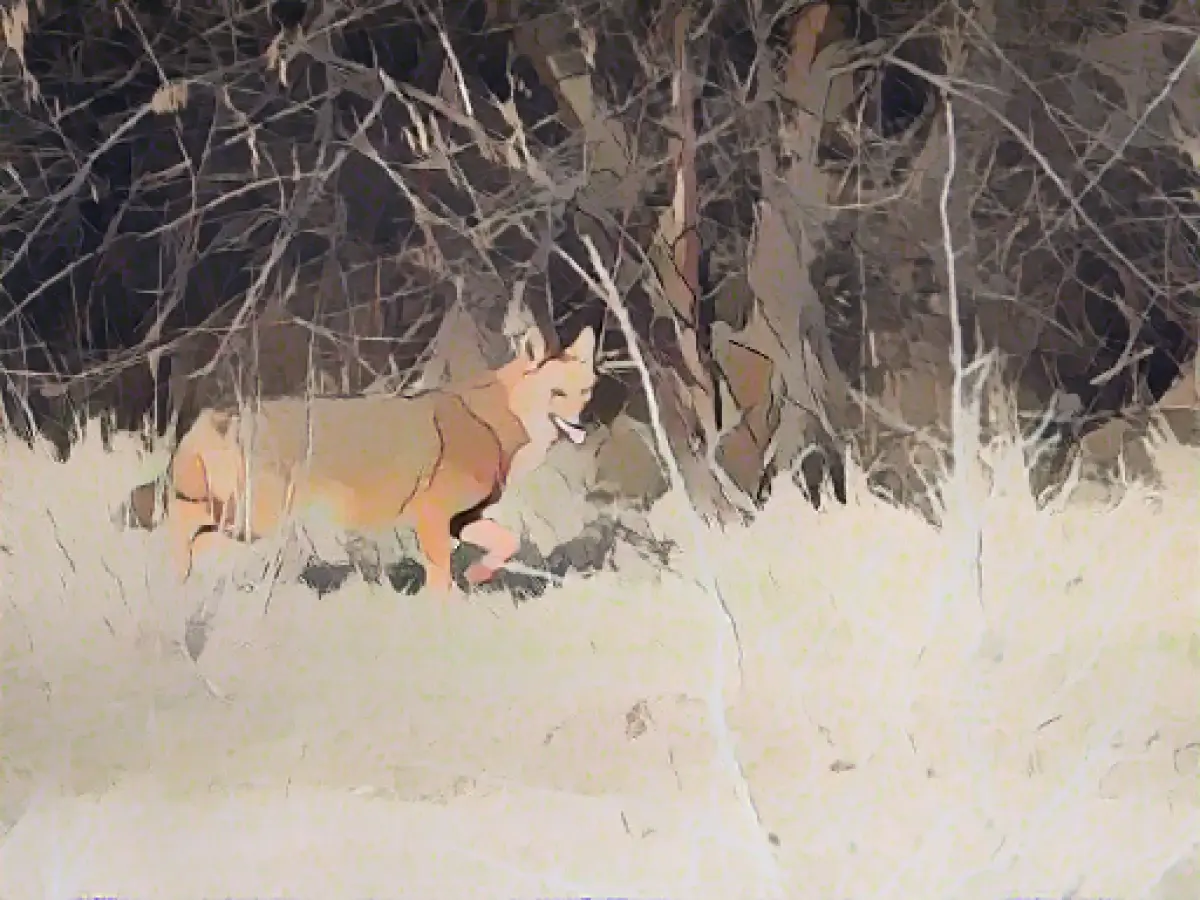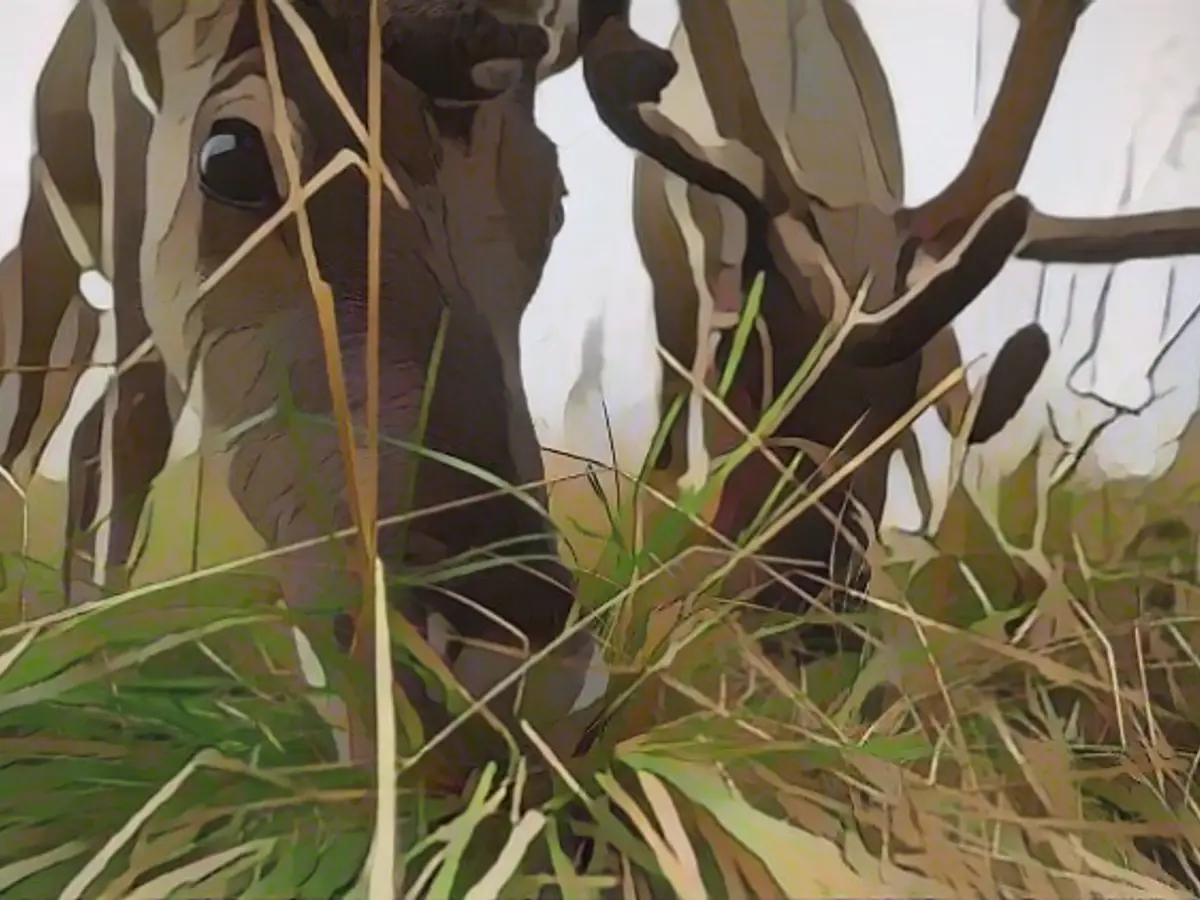Golden Jackal Spotted Rarely in Hesse Once More
A hint of the elusive golden jackal has made an appearance in Hesse yet again. Recent findings indicate the presence of this predator, with genetic evidence discovered on the rugged carcasses of two sheep in Main-Kinzig district. Fox prints were also detected beside the unlucky carcasses, leaving the exact cause of death unexplained as Susanne Jokisch, an expert from the Hessian State Agency for Nature Conservation, Environment and Geology (HLNUG), reported on Monday.
Spotting golden jackals in Hesse has remained infrequent, with only sporadic records to attest to its rareness, shared the expert. In the past, a male golden jackal was briefly detected in the Vogelsberg district during the winter season of 2019/2020. A more subtle encounter was documented in Hesse as far back as 2015[1].
Golden jackals originated in Southern Europe and, upon initial glance, may seem similar to foxes. However, the animals are slightly larger and present a more compact stature. Their coat displays the recognizable wolf-like color scheme, with characteristic black, grey and golden tones scattered across their bodies.
The sighting of a golden jackal often feels like a rare treat as the animals usually prefer to stay hidden in their woodland homes, away from human contact. Jokisch advises that if an encounter happens, it is crucial to approach the creature with the same respect one would accord to any other wild animal. "Once humans are detected, the animals generally retreat without posing any danger to humans," she assured[1].
Conserving the delicate habitat of golden jackals is vital to safeguarding myriad animal species within their surroundings. By fostering environmental education and awareness, conflicts between wildlife and humans can be minimized. This mutual understanding will lead to the preservation of the golden jackals, as well as the overall health of the ecosystem at large[1].
Europe's Large Carnivore Conservation Efforts
Though uncommon, wildlife conservation initiatives are actively prioritizing measures to protect large carnivores, including golden jackals, across Europe[2]. By adhering to the European Union's Habitats Directive and the Nature Restoration Regulation, large carnivore habitats are safeguarded, while human-wildlife conflicts are addressed.
Specific measures for golden jackals may not be immediate in Germany, as the animal is traditionally found in Eastern Europe and Asia[2]. However, strategies for conserving large carnivores in general can be implemented throughout Europe to encourage a harmonious existence between humans and wildlife, including:
- Habitat Protection: Maintain the preservation of natural habitats and eco-systems that support significant fauna populations.
- Conflict Mitigation: Implement measures to curb human-wildlife conflicts, such as educational programs, boundary fencing, and compensation schemes for livestock losses.
- Stakeholder Engagement: Foster cooperation between stakeholders through dialogue, finding pragmatic solutions to balance human needs with wildlife conservation.
These broad strategies can be tailored to various large carnivore species, including the golden jackal in its native range, ultimately benefiting both wildlife and the protected ecosystems[2].
[1] [2] Enrichment data






